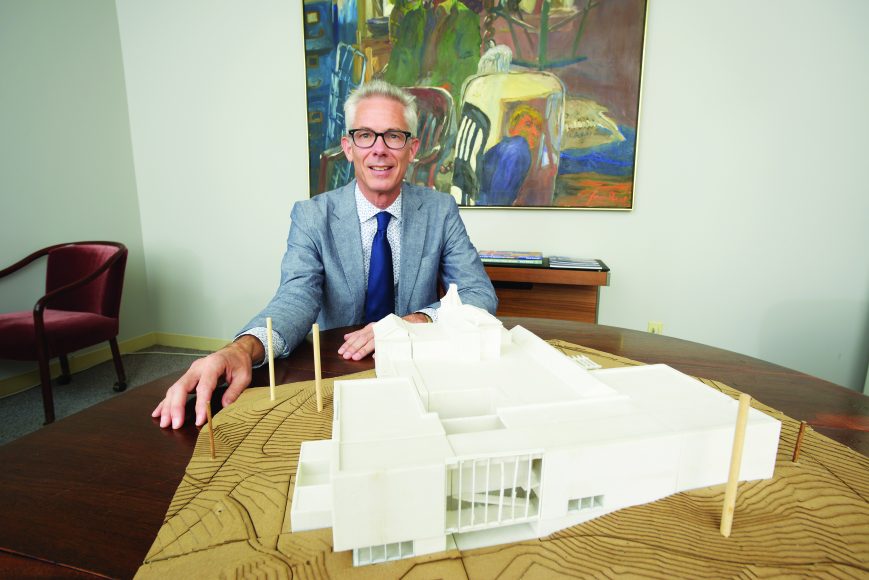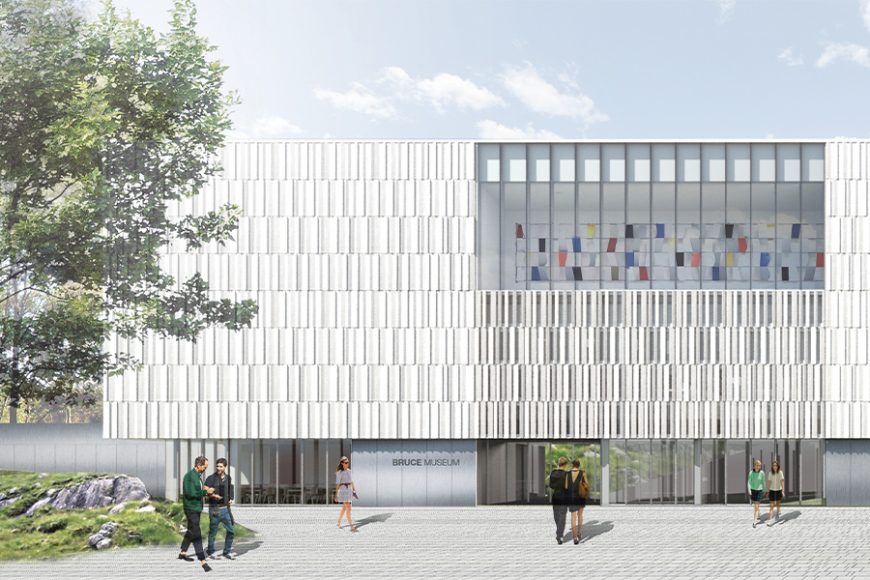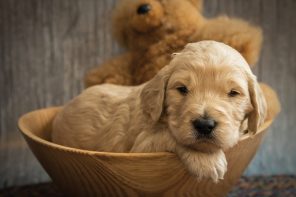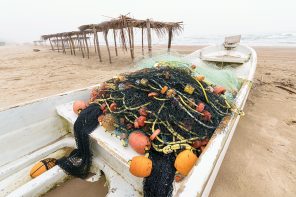When Robert Wolterstorff was 11, his father — the eminent philosopher and theologian Nicholas Wolterstorff — took the family on a car trip of Europe, including its great art museums. Young Robert hated the museums.
Indeed, for a time it looked as if the natural world would claim him. He earned a degree in biology from Calvin College, his father’s alma mater in Grand Rapids, Michigan, where he grew up. But the younger Wolterstorff was always a big-picture kind of guy, not one likely to succumb to the minutiae of lab work. And in his first year of college, he began to develop an interest in art history that led him to a master’s degree from Williams College, where he specialized in 19th- and 20th-century European and American art, and a master’s of fine arts and doctorate from Princeton University, where he did his dissertation on Robert Adam, the 18th-century Scottish neoclassical architect.
But before you say that science’s loss was art’s gain, think again. Wolterstorff — who succeeded Peter C. Sutton as the Susan E. Lynch executive director and CEO of Greenwich’s Bruce Museum in June — is overseeing a $60 million campaign that will double the size of a museum that has been as much about science and natural history in its 107-year history as it has been about the visual arts.
The campaign for the 70,000-square-foot new Bruce includes $45 million for the design, by Yale School of Architecture graduate Steve Dumez of the New Orleans firm EskewDumezRipple, and construction; along with $15 million to support the museum’s endowment. The museum, which was extensively revamped in 1992, is open during the renovation and expansion, with two renovated galleries scheduled to bow Feb. 1 and construction of the new wing slated to begin in the summer of next year. The new Bruce debuts in the summer of 2022.
“The (museum) is in a unique and interesting situation, in that (Bruce Park) and the building are owned by the town, which requires that we raise the money for construction before we move on to building. We are 80 percent there,” Wolterstorff says, adding that he and the staff have raised one-third of the endowment support.
Looking natty and nautical in navy and white on a late summer’s day, Wolterstorff evokes an approachable college professor as he discusses the Bruce in his office. Make that an approachable architectural history prof. The former director of the Bennington Museum in Vermont, Wolterstorff is also the former director of the Victoria Mansion in Portland, Maine, and the Ebenezer Maxwell Mansion in Philadelphia. His passion for museums — not just the objects but the buildings that house them — is clear as he considers a model of the new Bruce and the way it will serve the community as much as the collections.
The plan calls in part for the current building to become the home of permanent and changing science galleries, along with two or three classrooms. Not only will the museum be able to display its significant collection of Connecticut fossils and create exhibits on such subjects as penguins, but it will double the number of students it can serve, from 26,000 to 50,000. (On Sept. 8, the museum announced it had received a $5 million gift from the Steven & Alexandra Cohen Foundation to fund the Education Wing.) The new addition — a cast stone and glass affair that will bring in the outside, including a sculpture garden and a courtyard — will house not only the permanent and changing art galleries but a café, lecture hall, lobby and museum store off the main entrance on Museum Drive.
“We can host the community in a way we’ve never been able to do before,” Wolterstorff says.
A grand staircase that rises with a landscape — reimagined by New Haven landscape architect Reed Hilderbrand — sweeps you past the mezzanine’s large conference room, storage and workshop areas, up to the art galleries, which flow into the science galleries.
In the past, Wolterstorff says, “we have had no permanent collections galleries.” He hopes that adding them now, to showcase works that local collectors have generously donated to the museum, will provide the impetus for other collectors to donate, as Greenwich is as rich in art collectors, he adds, as New York City.
“I would like this to be a museum about local artists,” he continues, noting that Alexander Calder, Helen Frankenthaler, Jasper Johns, Robert Motherwell and Maurice Sendak are among those who’ve had Connecticut connections. It’s a comment that echoes the trend toward Modern and contemporary artists among collectors and viewers.
And just as Wolterstorff often married art and history at the Bennington Museum, so he would like to explore the relationship of art and science in a deeper way, particularly the science of creativity, at the Bruce.
With his passion for art, architecture and science, Wolterstorff would seem to be the right man for the job of guiding the museum through its next chapter. He offers a modest smile before saying, “I certainly hope so.”
For more, visit brucemuseum.org.






